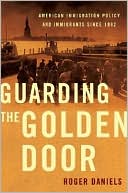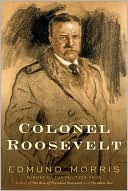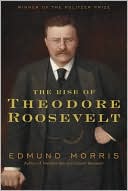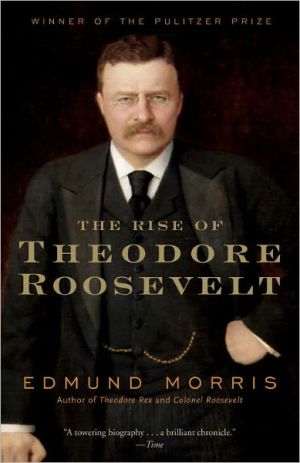Guarding the Golden Door: American Immigration Policy and Immigrants Since 1882
Search in google:
"Arguably the most useful for general readers. Clearly written, reasonably lean and on the whole, balanced in its assessments, it is an excellent primer." —Los Angeles TimesThe federal government's efforts to pick and choose among the multitude of immigrants seeking to enter the United States began with the Chinese Exclusion Act of 1882. Conceived in ignorance and falsely presented to the public, it had undreamt of consequences, and this pattern has been rarely deviated from since. As renowned historian Roger Daniels shows in this brilliant new work, America's inconsistent, often illogical, and always cumbersome immigration policy has profoundly affected our recent past.Immigration policy in Daniels' skilled hands shows Americans at their best and worst, from the nativist violence that forced Theodore Roosevelt's 1907 "gentlemen's agreement" with Japan to the generous refugee policies adopted after World War Two and throughout the Cold War. And in a conclusion drawn from today's headlines, Daniels makes clear how far ignorance, partisan politics, and unintended consequences have overtaken immigration policy during the current administration's War on Terror.Irreverent, deeply informed, and authoritative, Guarding the Golden Door presents an unforgettable interpretation of modern American history. Publishers Weekly Immigration-perhaps no other subject so contentiously touches on both our collective idealism and our capacity for irrational fear. Nostalgic about past immigrants, we magnify the threat of newly arriving hordes of outsiders. Daniels, author of several books about the Japanese-American experience, judiciously avoids a sweeping narrative in favor of an immersion in the messy details of legislation and demography, although accurate assessments are elusive. Reflecting the lack of overarching plot, the book's first half is chronological to 1965, after which it switches to an ethnic breakdown. As Daniels shows, the subject yields hyperbolic rhetoric and misleading statistics, which rarely lead to coherent or effective legislation. Congress rarely grasp the real ramifications of its immigration policy as it underfunds its nominally ambitious measures. Despite his deeply academic cast of mind, Daniels keeps his prose engaging and lively, as he displays his evident love of accuracy and impatience with obfuscation. Those who read closely will unearth arresting tidbits, such as the central role of the Chinese as targets in virtually all early anti-immigration measures and the brief but virulent anti-Filipino hysteria of the early 1930s. Perhaps most interesting is the final section, in which Daniels tackles broader questions about the debate, including the surprisingly little-changed status of immigration in the post-9/11, post-INS landscape. (Jan.) Copyright 2003 Reed Business Information.
List of Tables and ChartsAcknowledgmentsPt. IThe Golden Door Closes and Opens, 1882-19651The Beginnings of Immigration Restriction, 1882-191732The 1920s: The Triumph of the Old Nativism273No New Deal for Immigration594World War II and After: The Barriers Begin to Drop815Admitting Displaced Persons: 1946-1950986The Cold War and Immigration1137Lyndon Johnson and the End of the Quota System129Pt. IIChanging Patterns in a Changing World, 1965-20018Immigrants from Other Worlds: Asians1479Immigrants from Other Worlds: Latinos17510Refugees and Human Rights: Cubans, Southeast Asians, and Others19011Immigration Reform: Myths and Realities21912"Controlling Our Borders": Struggles over Immigration Policy232Epilogue: Immigration After 9/11261Notes269Bibliography301Index317








